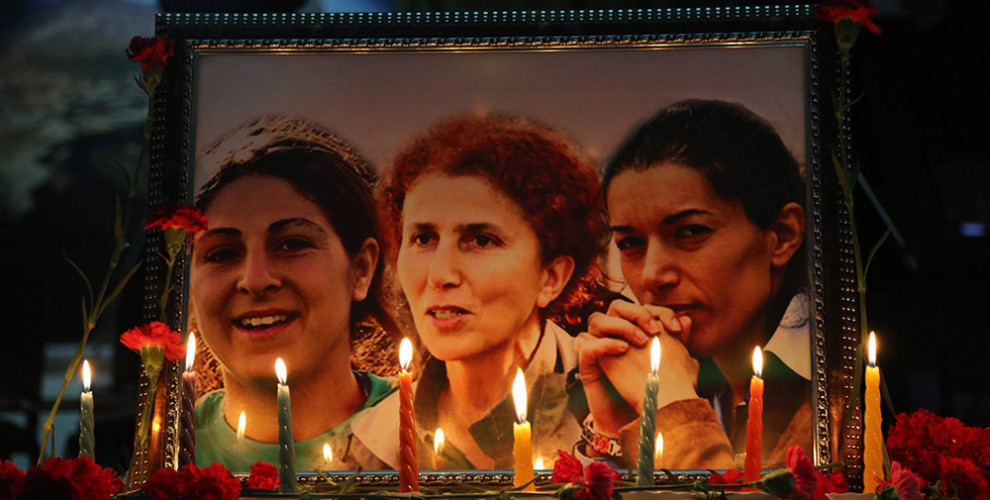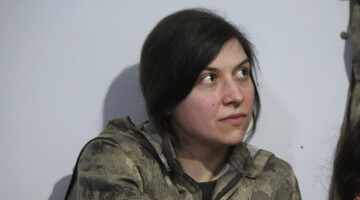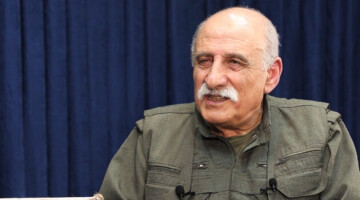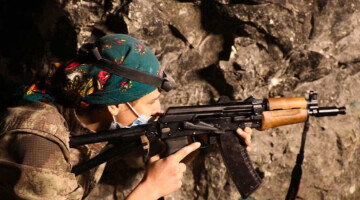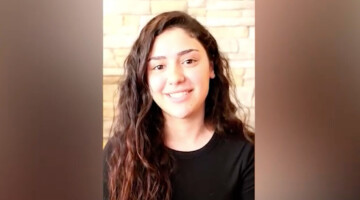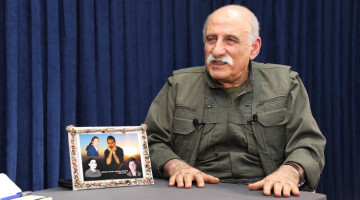The MİT official who planned the murder of three Kurdish revolutionary women in Paris on January 9, 2013 is reported to have been part of the committee that attended the Oslo talks with the PKK.
There is no doubt at this point that there are ties between the murder of three Kurdish revolutionary women in Paris on January 9, 2013 and the talks between the PKK and the Turkish state. The target was the PKK’s and Öcalan’s efforts for a peaceful solution. All signs for the murder of the three women pointed to Ankara. A new piece of information that has surfaced suggests the murders were planned during the Oslo meetings.
It was early 2013. The Oslo negotiations had failed. Following an intense conflict period, the Turkish state had restarted meetings with Öcalan. A civilian committee was visiting Imrali for the first time. The then-DTK Co-chairs Ahmet Türk and BDP MP Ayla Akat Ata held a meeting with Öcalan in Imrali on January 3.
THE ORDER CAME FROM ANKARA
Just 6 days later, there was a bloody attack in Paris. PKK founding member Sakine Cansız, KNK Paris representative Fidan Doğan and youth movement member Leyla Şaylemez were killed with three bullets to their heads. The murder suspect Ömer Güney had infiltrated the Kurdish diaspora a year ago and planned assassinations. Güney was the only suspect under arrest. The 34-year-old man was the hitman, and the order had come from Ankara. All signs in the French prosecutor’s investigation pointed to Ankara.
After years of searching for justice, the trial was finally going to start. It was first expected to start in December 2016, but for a not entirely explained reason, it was postponed to January 23. The hearings were to continue until February 24.
The murder suspect would have been on trial for two crimes. In the casefile sent to the high criminal court on August 13, 2015, he was accused of “committing murders individually or in collaboration with a collective organization to severely disrupt public order through intimidation or terror” and “planning one or more murders”. There was an addendum to this casefile on April 28, 2014. In this addendum, the murder suspect was accused of joining an armed group and planning to escape from prison with explosives or firearms. Güney was facing 10 years in prison in the addendum.
SUDDEN NEWS OF DEATH
Then suddenly, the news of his death came from the prison from where he was planning to escape. It had been 4 years since the 3 Kurdish women were murdered. According to sources close to the investigation, Güney died in a hospital in Paris on December 17, 2016. The same sources claimed the murder suspect had come down with a severe brain condition. But there had been no statements on the health of the suspect deteriorating until then. With his death, the case was dismissed. The French administration once again failed to show the will to shed light on a political murder committed on their own soil. The three executions in Paris hadn’t been fully brought to light, and the death of the hitman brought along new questions. There were no concrete indications that this was a “natural death”. Was his condition manipulated and accelerated? Or, was the hearing deliberately put off, knowing that his condition would get worse? Whichever way one looked at it, new questions emerged. Another grave development was that the case had been dismissed before the people who gave the order were put on trial. Despite the casefile clearly pointing to the role of the Turkish National Intelligence Agency (Milli İstihbarat Teşkilatı - MİT).
The questions begging answers since the start of the investigation are still important. Where did the order for the executions that happened during a process dubbed “historic” came from, who approved them and what was their end goal? What tied them to the negotiations between the PKK and the state? What is very clear now with zero doubts is that Güney had ties with the Turkish intelligence services.
WHO WAS GUIDING THE MURDER SUSPECT?
Ömer Güney was born in Sivas, Turkey in 1982 and he later settled in France. Güney got married in Germany in 2003 and stayed there for 7 years, only to return to France by late 2011. But who was Ömer Güney, really? Who was guiding this murder suspect, who infiltrated the Kurdish associations, used encrypted phones and visited Turkey various times in secret?
THE EXECUTION ORDER CAME FROM TURKISH INTELLIGENCE
Many facts were revealed during the course of the investigation. A document leaked to the press on January 14, 2014 showed that the execution order was given by four officials in the Turkish intelligence. The document dated November 18, 2012 was signed by MİT officials Yüret, U.K. Ayik, S. Asal and H. Özcan.
In a voice recording leaked to the press around the same time, Ömer Güney was planning the murders with an unidentified MİT official. The targets were Sakine Cansız and many other Kurdish representatives. As these leaks were occurring, the murder suspect was planning his escape from prison. His accomplice was a man named Ruhi S. He had come from Germany to visit the prison. Before this visit, the visitation booth was fitted with surveillance devices on orders of the prosecutor. Without naming anybody in particular and using a code to speak, Güney was asking the visitor to go to the MİT building in Ankara. He asked Ruhi S. to visit the “Gentleman”, talked about a “loan” and mentioned a “mother”. According to the casefile, “mother” referred to the MİT and “the Gentleman” referred to a member of the MİT. These were confessed by Ruhi S. himself. He had given a deposition after a house raid in Germany in January 2014. 3 photographs dated January 9, 2014 and handwritten documents were found in searches in his home. These documents were specifically about an escape plan. He was planning to escape using a firearm while he was hospitalized in the Salpêtrière hospital in Paris. Years later, when news of his death broke, he was in the same hospital.
NEW INVESTIGATION LAUNCHED
Even though the case was dismissed on a technicality, the lawyers of the families continued their attempts. They pressed criminal charges to reopen the case. In April 2017, the Anti-terror Prosecutor launched a new investigation.
ORDER ISSUED DURING OSLO TALKS
There is no information yet on how far this new investigation has come, but new information continues to surface. In his book “2005-2015 Turkey-PKK Talks: ‘Solution Process’ Operation Against the Solution to the Kurdish Issue”, journalist Amed Dicle points out that the execution order was issued during the Oslo talks.
The book says the MİT members in the voice recording leaked in January were present in the state committee that went to Oslo to meet with the PKK. It specifically mentions a man named Ozan, whose true identity is not known. This man, presented as a MİT administrator, has been present in all meetings, from the first meeting held in Genova on July 5, 2008 to the last meeting in Oslo on July 5, 2011. According to Dicle, many of the participants of the Oslo talks claim one of the voices in the recordings belongs to the MİT administrator named Ozan. The book also points out that the man in question was next to the MİT Undersecretary Hakan Fidan throughout the Oslo talks. How these pieces of information will affect the case, or whether they will affect it at all, is not yet known, but this shows the need for a more in-depth voice analysis. The book as a whole focuses on the fact that the state’s primary goal in meetings with the PKK and Öcalan, including the Oslo talks, was to disband attempts for a solution. Information on the Paris assassination could add a new dimension to the investigation, if it is explored more in depth.

